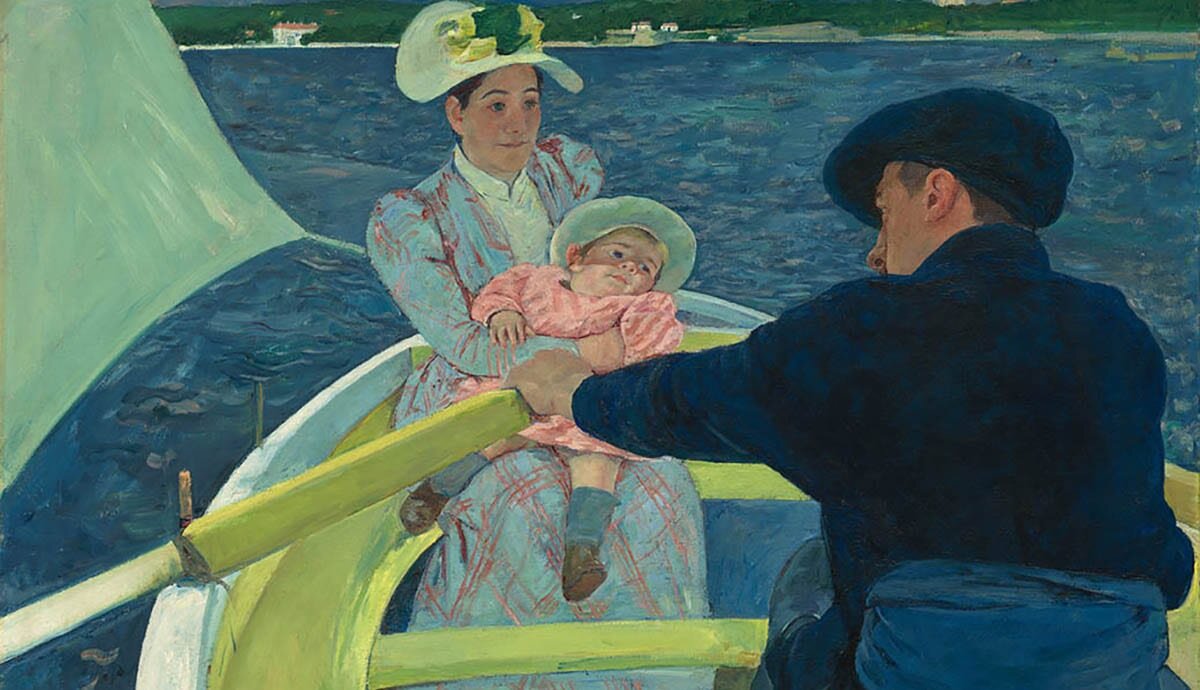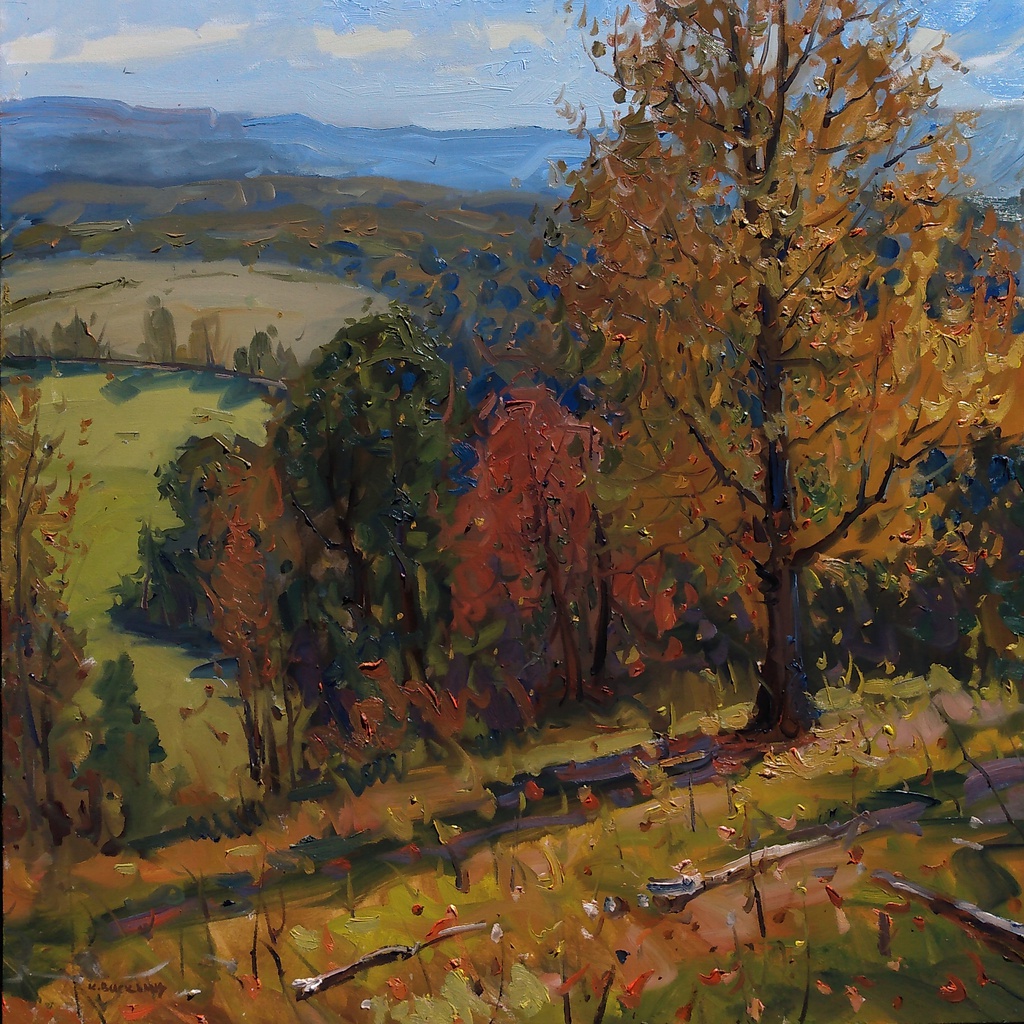Mary Cassett was born in Pittsburg, PA to wealthy parents. They viewed travel as a necessary part of education, and so mary travelled Europe for 5 years at a relatively young age. Her first lessons in art occurred while she was traveling.
Her parents were not supportive of her interest in art, yet she was able to attend the Pennsylvania Academy of the Fine Arts in Philadelphia starting at age 15. Unhappy with the pace and nature of her education there, she eventually persuaded her father to allow her to move to Paris in 1866 in the company of her mother and some friends.
As a woman, she was ineligible to study at the Ecole des Beaux-Arts, she was a private student of Jean-Leon Gerome, who was a noted hyper-realist painter of the time. In late 1866 she joined a class taught by Charles Chaplin. In 1868 she studied with Thomas Couture. Also in 1868, her painting A Mandoline Player was accepted by the selection jury for the Paris Salon.
In 1870 she returned to the US due to the start of the Franco-Prussian War. While she was able to exhibit her works and gained admirers, she had no sales. She considered giving up art, but was eventually buoyed by the patronage of the Archbishop of Pittsburg.
By 1872 she had made her first sale and was beginning to attract attention. She spent time in Italy as a part of the Archbishop’s patronage and later in Spain. In 1877, after the failure to place any works at the Paris Salons, Edward Degas invited her to exhibit with the French Impressionists. Casset admired Degas and his works, and begin creating paintings in the Impressionist style for the exhibition.
Joined in Paris by her entire family in 1877, Cassett ran into an issue, as her father would not fund her studio-he demanded that that part of her life, at least, be self-supporting. Motivated by this, she applied herself to creating high quality works for the Impressionist exhibition. Apparently this paid off, and all the exhibitors turned a profit.
As time passed, she became more successful, ant the 1890s was the height of her work. By 1910, her work was popular with the public and the critics, but she was no longer creating new subjects. She took a trip to Egypt seeking inspiration, but instead the opposite occurted. With her health failing (she suffered from diabetes, rheumatism, neuralgia, and cataracts), by 1914 she was nearly blind and had to stop painting. She then took up the cause of women’s sufferage.
Mary Cassett died in France in 1926.
Fine Art Tuesday was started by Eaton Rapids Joe in memory of Ol’ Remus, late proprietor of the Woodpile Report.




